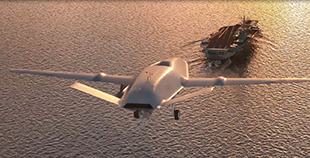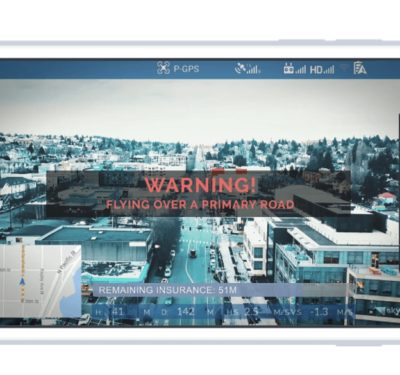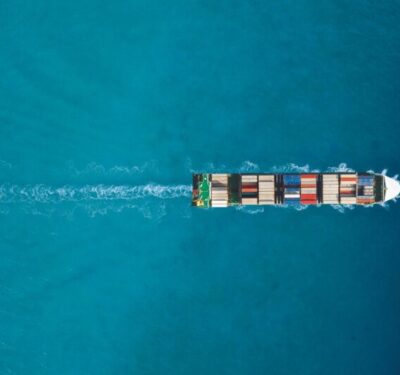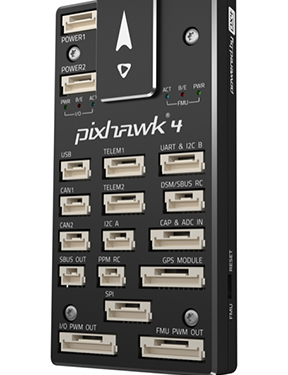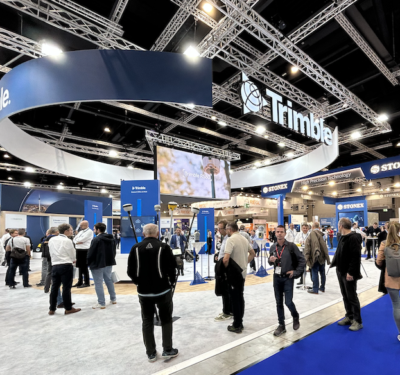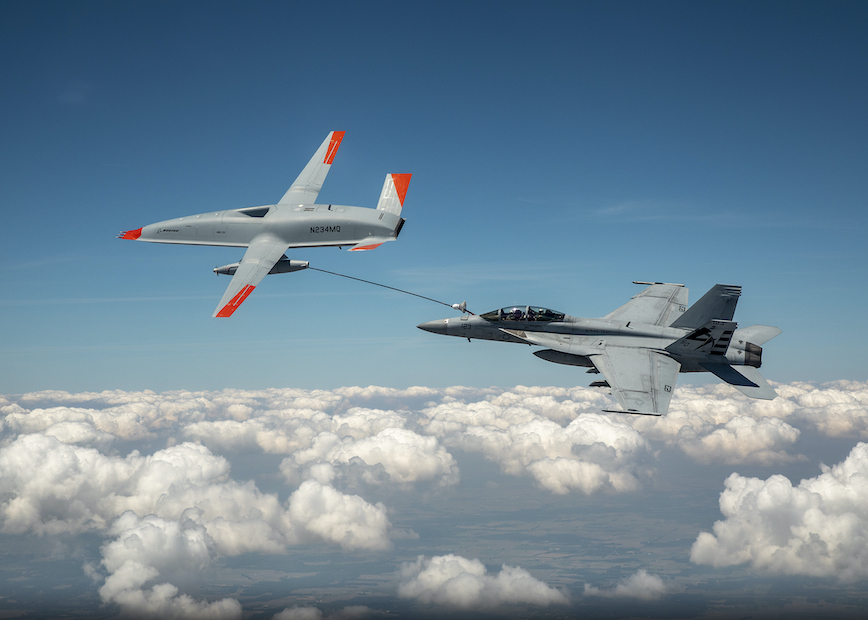
The Boeing MQ-25 T1 test asset transfers fuel to a U.S. Navy F/A-18 Super Hornet on June 4, marking the first time in history that an unmanned aircraft has refueled another aircraft. The MQ-25 Stingray will assume the carrier-based tanking role currently performed by F/A-18s, allowing for better use of the combat strike fighters and helping extend the range of the carrier air wing. (Photo by Kevin Flynn)
The U.S. Navy and Boeing demonstrated air-to-air refueling using an unmanned aircraft, Boeing’s MQ-25 T1 test asset, to refuel another aircraft. On June 4, MQ-25 T1 successfully extended the hose and drogue from its U.S. Navy-issued aerial refueling store (ARS) and safely transferred jet fuel to a U.S. Navy F/A-18 Super Hornet.
During the initial part of the flight, the F/A-18 test pilot flew in close formation behind MQ-25 to ensure performance and stability prior to refueling. The maneuver required as little as 20 feet of separation between the two aircraft, both flying at operationally relevant speeds and altitudes. When the MQ-25 drogue was extended, the F/A-18 pilot moved in to “plug” with the unmanned aircraft and receive the scheduled fuel offload.
The milestone comes after 25 T1 flights, testing both aircraft and ARS aerodynamics across the flight envelope, as well as extensive simulations of aerial refueling using MQ-25 digital models. MQ-25 T1 will continue flight testing prior to being shipped to Norfolk, Virginia, for deck handling trials aboard a U.S. Navy carrier later this year.
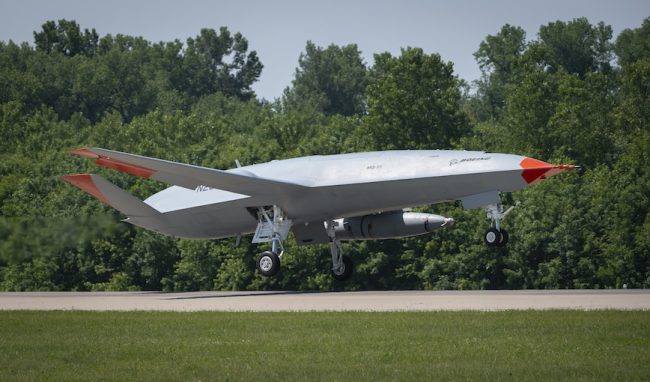
An unmanned Boeing MQ-25 T1 Stingray test aircraft takes off from MidAmerica Airport in Mascoutah, Illinois (U.S. Navy photo courtesy of Boeing)
The T1 test asset is a predecessor to the seven test aircraft Boeing is manufacturing under a 2018 contract award. The MQ-25 will assume the tanking role currently performed by F/A-18s, freeing the combat strike fighters for higher use, increasing the flexibility and extending the range of the carrier-based air wing.
“This flight lays the foundation for integration into the carrier environment, allowing for greater capability toward manned-unmanned teaming concepts,” said Rear Adm. Brian Corey who oversees the Program Executive Office for Unmanned Aviation and Strike Weapons. “MQ-25 will greatly increase the range and endurance of the future carrier air wing – equipping our aircraft carriers with additional assets well into the future.”
The test flight will provide important early data on airwake interactions, as well as guidance and control. The Navy-Boeing team will analyze the data to determine if any adjustments are needed and make software updates early. Testing with T1 will continue over the next several months to include flight envelope expansion, engine testing, and deck handling demonstrations aboard an aircraft carrier later this year.
The MQ-25A Stingray will be the world’s first operational carrier-based unmanned aircraft and provide critical aerial refueling and intelligence, surveillance and reconnaissance (ISR) capabilities that greatly expand the global reach, operational flexibility and lethality of the carrier air wing and carrier strike group. The MQ-25 is foundational to the Navy’s Unmanned Campaign Framework and is the first step toward a future fleet augmented by unmanned systems to pace the evolving challenges of the 21st century, according to a Navy statement.
